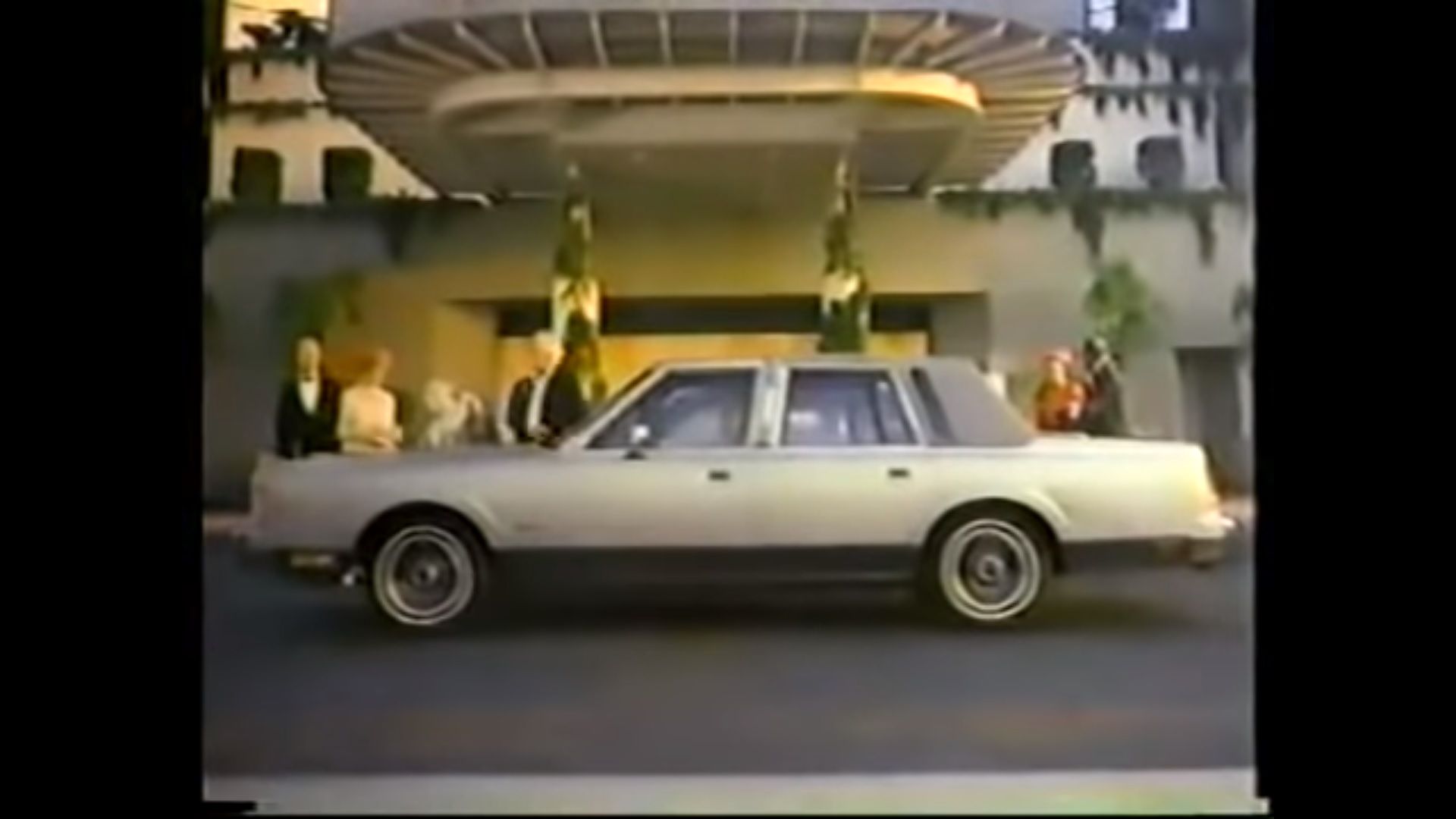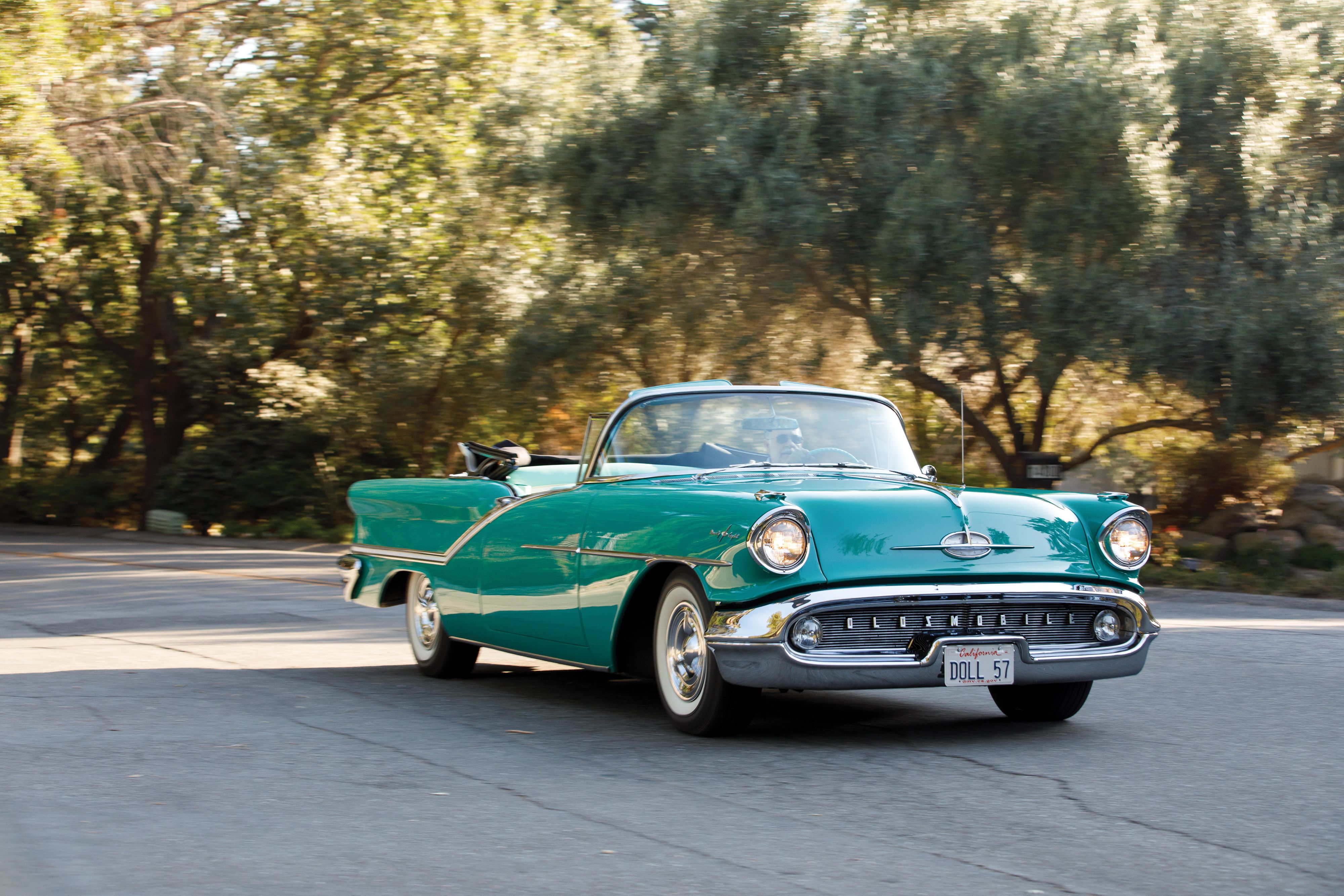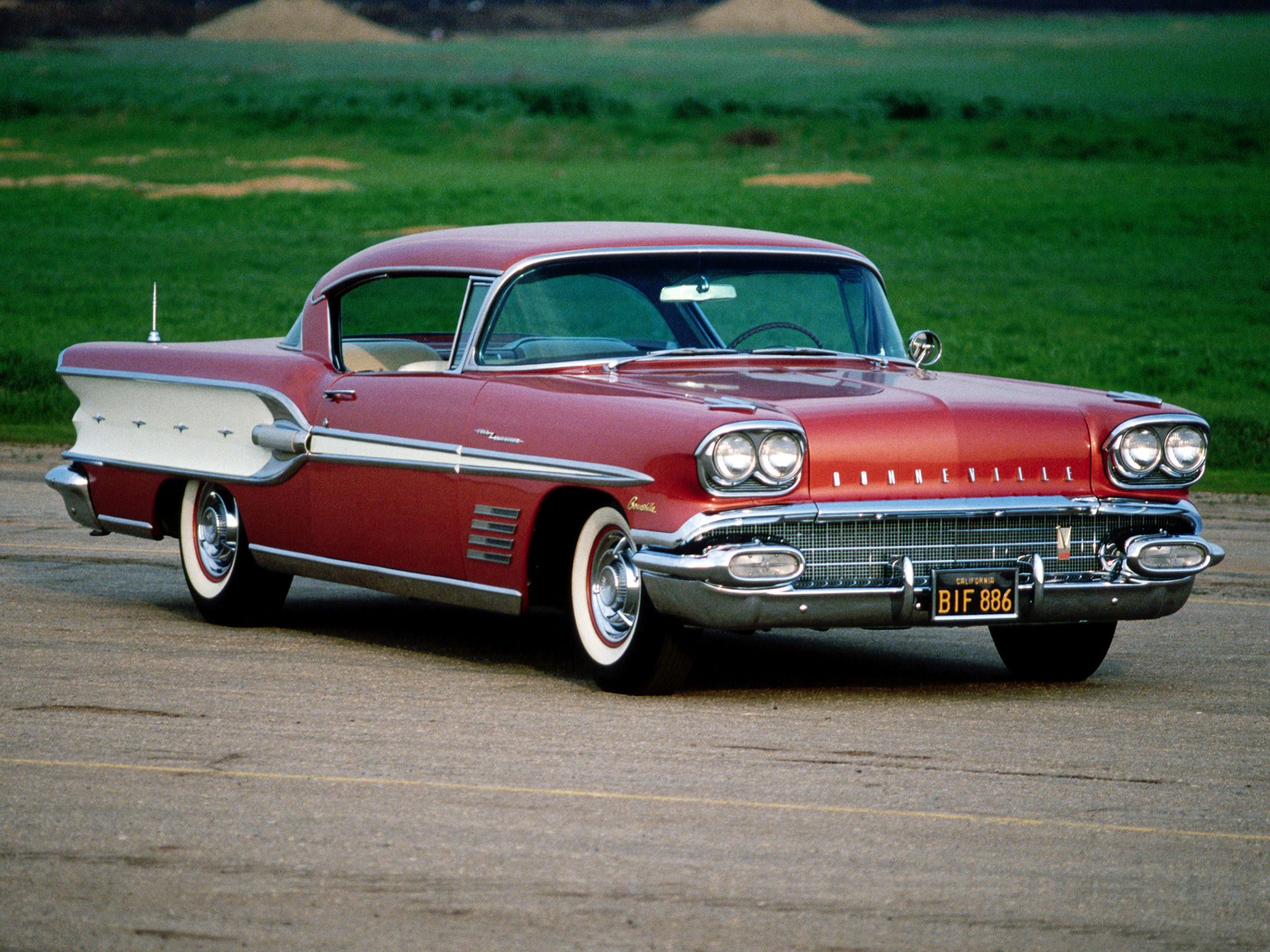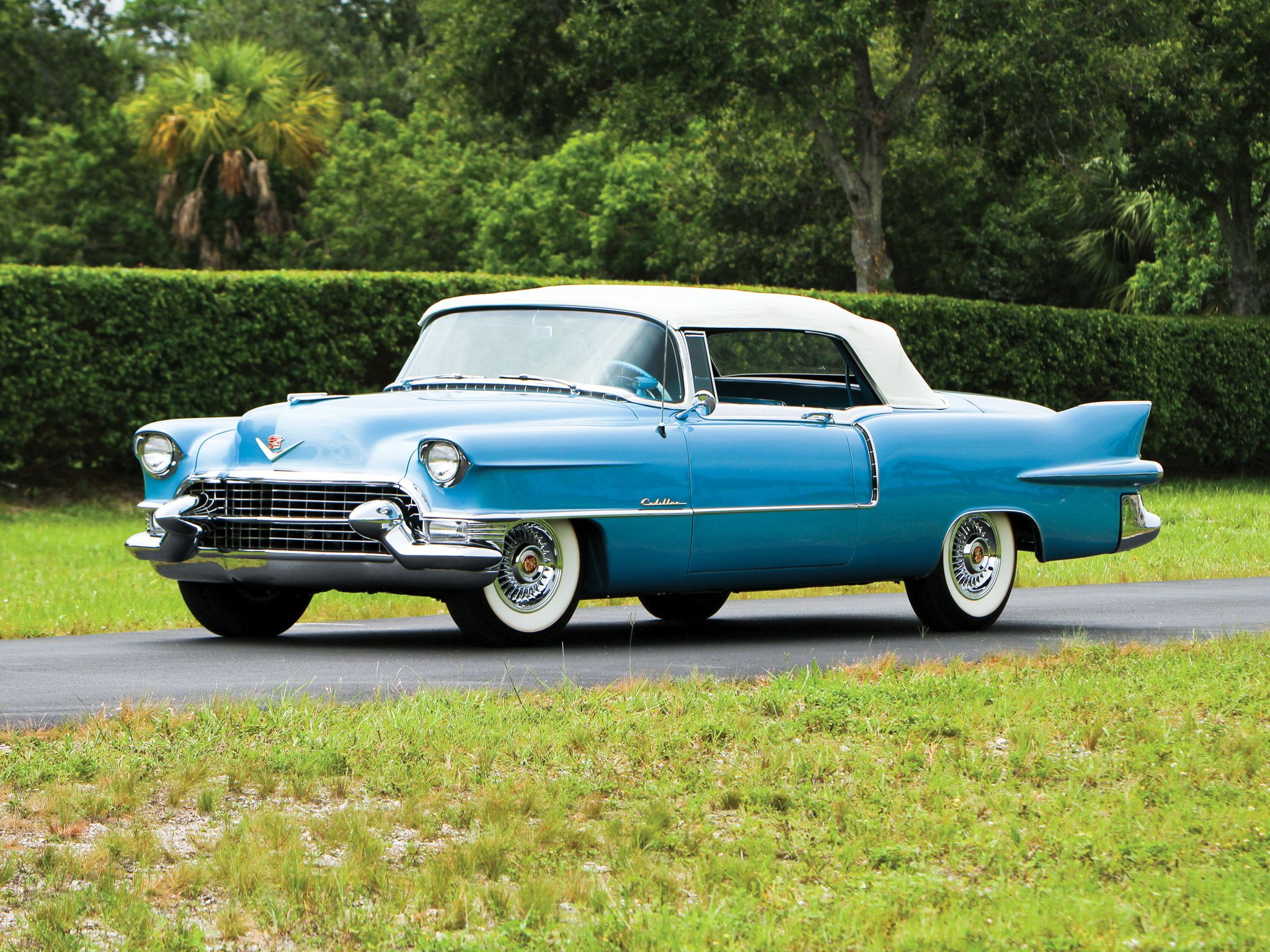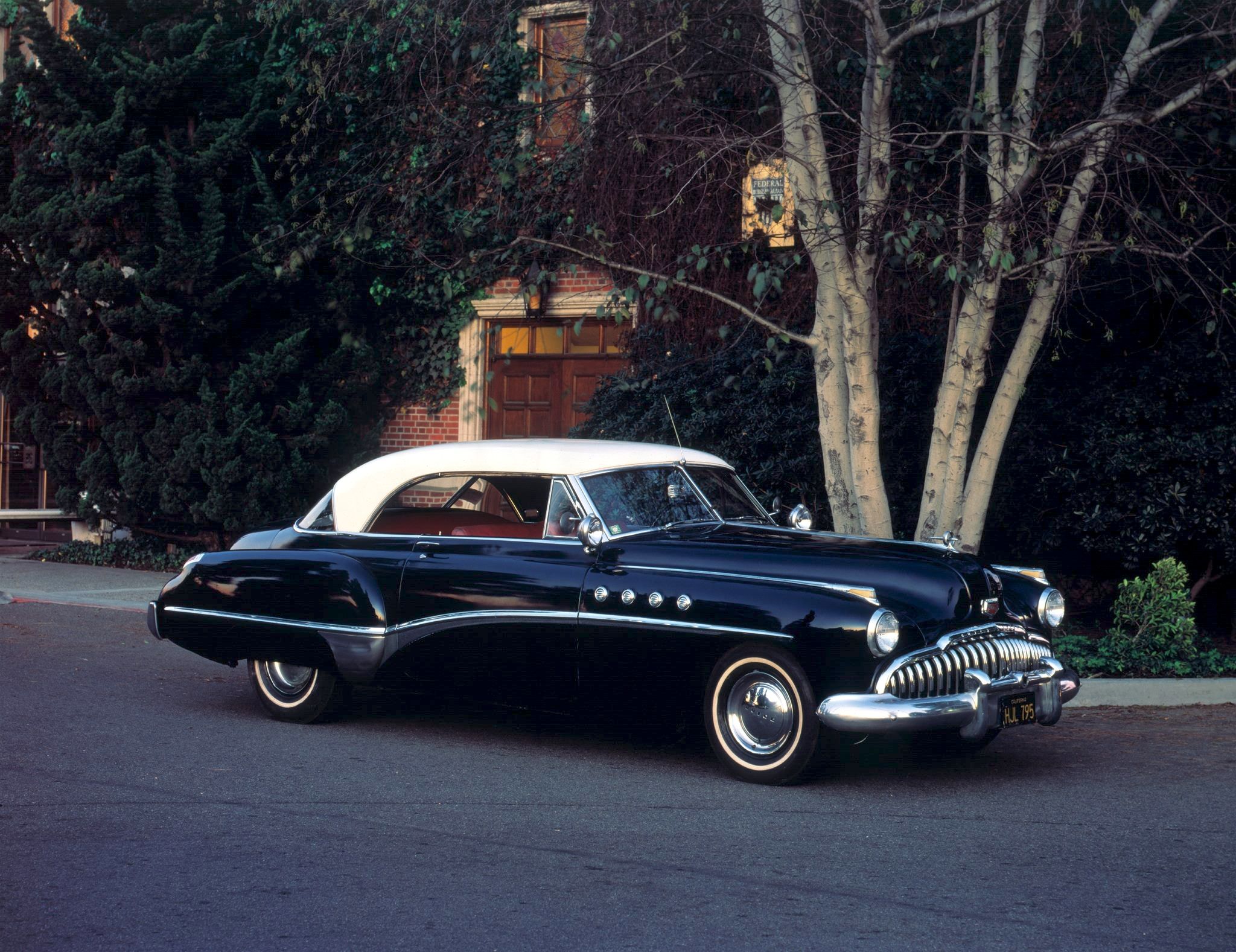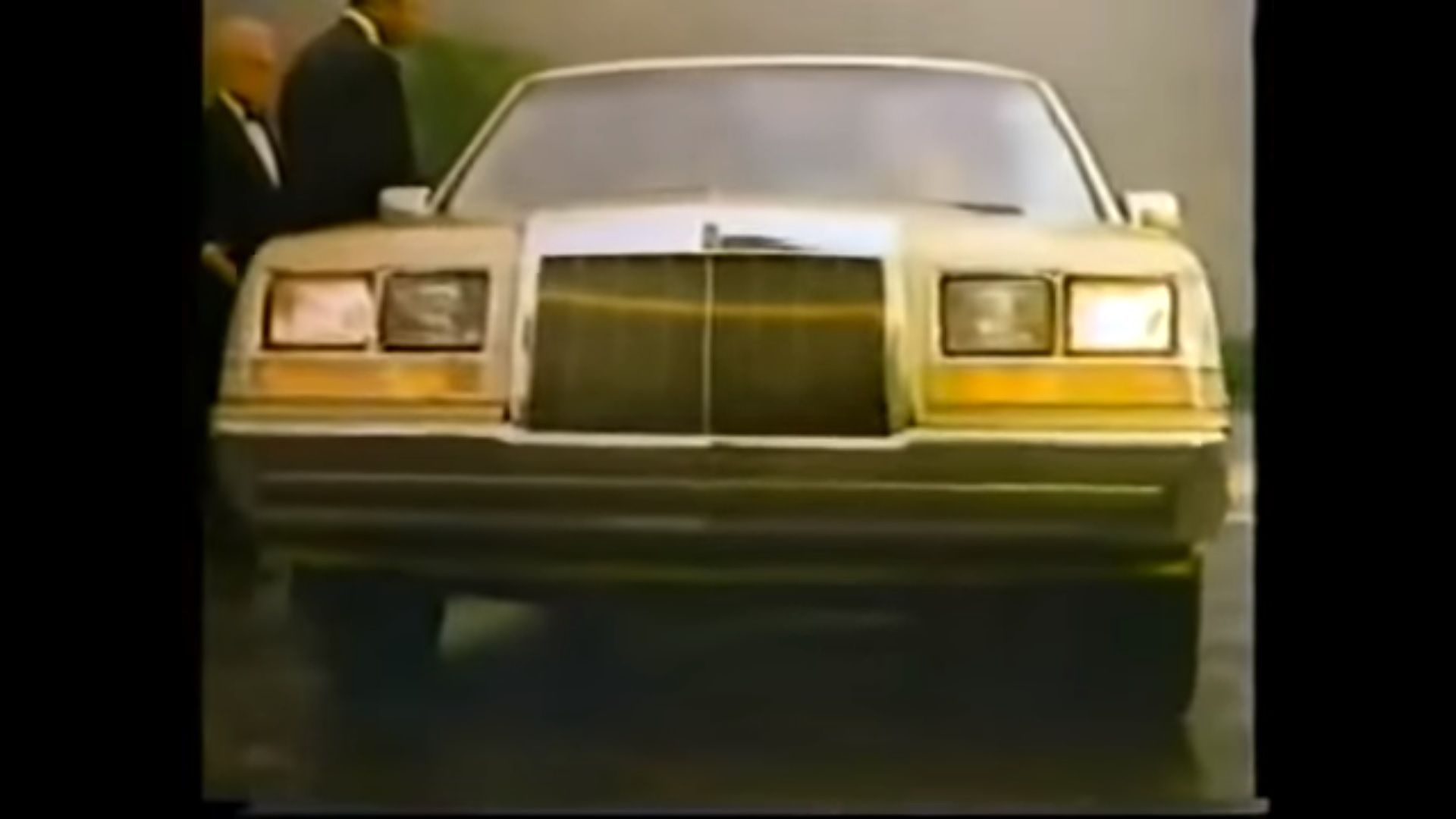A lot of automakers partake in the act of rebadging, including General Motors. The General has been rebadging cars about as far back as its own existence, and while there are some pros and cons to the practice, the act of rebadging cars also opens automakers up to a little ribbing from its rivals.
Take this 1986 commercial by Lincoln, for example. Have a look at it and you’ll understand why rebadging cars, while cutting down on production costs for the automaker-in-question, is something that you could be made fun of.
What does it mean for a car to be badge-engineered?
While there are fundamental differences between rebadged models — aesthetics being a good example — the overall gist is that these models share more than just a mother company. In GM’s case, the automaker has routinely marketed models from different brands that share the same platform. Exterior appearances were tweaked to differentiate one model from another, but they’re generally the same model underneath.
Take a look at the 1958 Chevrolet Bel Air Impala and compare it with the 1958MY models of the Pontiac Bonneville, Oldsmobile 98, Buick Roadster Riviera, and Cadillac Eldorado. Except for a few styling tweaks that help differentiate one model from another, all these models are the same, albeit wearing different badges of their respective car brands.
Is there something morally ambiguous about rebadging cars?
Not really, though it does depend on who you ask. For some people, badge-engineering vehicles is considered as nothing more than a money grab by certain automakers. There’s no real effort involved in differentiating certain models. In a lot of ways, that sentiment is true, but those who think this way don’t understand the business side of the practice.
Developing and building each car so it’s completely unique is not only a time-consuming process, but it also requires a lot of finances to pull off. Instead of using one platform, one engine, and one overarching design, developing cars to have unique aspects of these sections is one of the fastest ways to bleed money.
It doesn’t make sense from a business perspective to partake in this kind of business practice. But having one unified chassis, engine, and the overarching design cut all the time and money that would’ve gone into developing each model to be unique from the other.
Badge-engineering models is a smart business tool, and a lot of automakers — it’s not just General Motors — have practiced this method over the years. That said, badge-engineering models also leaves an automaker susceptible to a little ribbing from its rivals. That’s exactly what happened in this 1986 Lincoln commercial.
What's so funny about this 1986 Lincoln commercial?
Back in its glory years of badge-engineering models to market to a lot of its car brands, General Motors bore the brunt of a lot of ribbing from its rivals. GM, after all, owned several auto brands that fell in the same segment. From Oldsmobile, Buick, Plymouth, Pontiac, and Cadillac, all these models were considered luxury brands by the auto industry — and they all happened to have one owner, too.
This act of rebadging sits at the crux of this 1986 Lincoln commercial. The commercial starts off with someone asking the valet for his “black Cadillac.” The car arrives, except that it’s actually a Buick. From there, more identical-looking sedans arrive — there’s a Pontiac and an Oldsmobile in there — as the crowd of older gentlemen starts arguing which one of them owns which car.
Then the Lincoln Town Car arrives, followed by the Lincoln Continental, and the Lincoln Mark VII. The narrator describes each model, highlighting their specific strengths relative to the other models. There’s the “spaciousness and comfort” of the Town Car, the “style, sophistication, and grace” of the Continental, and the “driving and exhilaration” of the Mark VII.
All three models have something different to put on the table, and Lincoln didn’t waste any time and opportunity to let GM know how unique its cars are compared to the rebadged models of all the aforementioned GM-owned luxury sedans.

